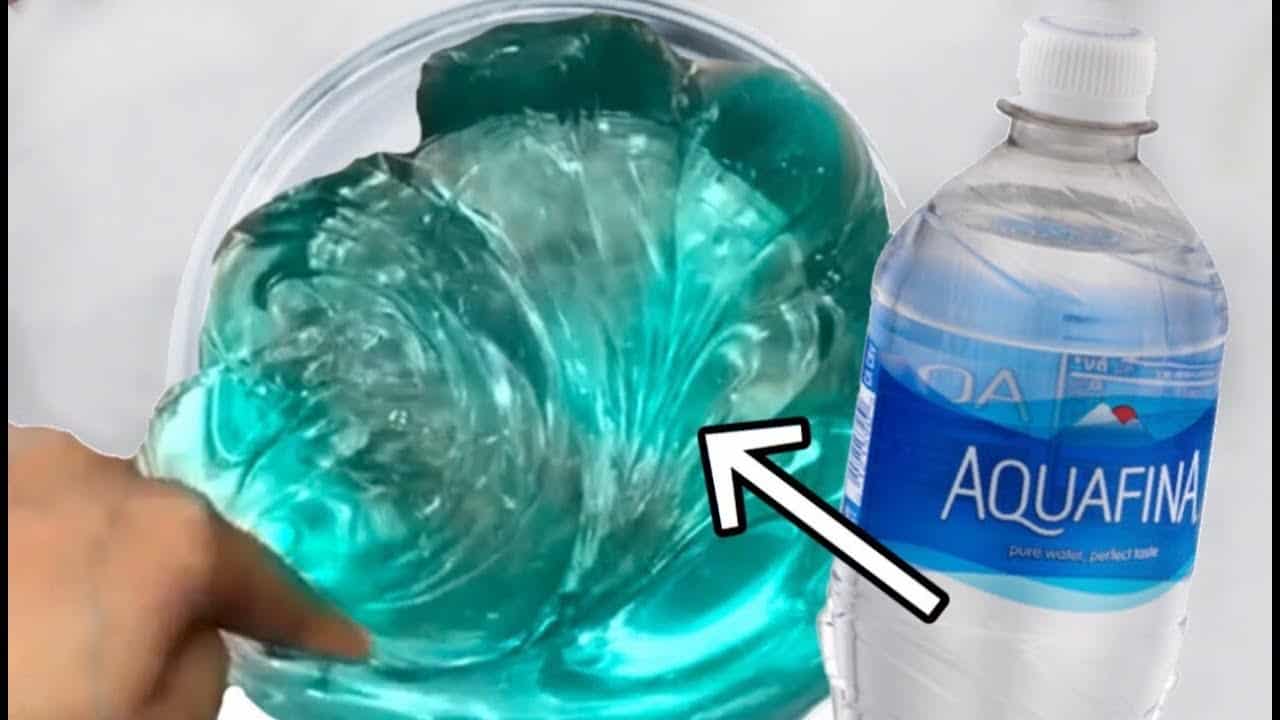“`html
How to Make Slime with Water: A Simple Guide for Parents
Welcome, creative parents and curious kiddos! Get ready to dive into the squishy, stretchy world of slime-making, where fun and learning go hand in hand! Perfect for a rainy day activity or a hands-on science experiment, making slime can be an exciting project for the whole family. And today, we’re talking about making slime with an ingredient you always have at home – water!
What You’ll Need
First things first, let’s make sure we have everything we need to start our slimy adventure:
- Water – The star of the show!
- Psyllium Husk – This is a natural, fiber-packed thickener.
- Food Coloring – To make our slime vibrant and fun.
- Bowl – To mix our ingredients together.
- Microwave or stovetop pot – To heat up our mixture.
- Spoon – For stirring up some magic.
- Measuring Cups and Spoons – Accuracy is key!
Step-by-Step Guide: Making Water-Based Slime
Now that we have our ingredients ready, let’s get to the slime-making process!
- Measure Out the Water: Start by measuring out 1 cup of water, pouring it into your bowl or pot.
- Add Psyllium Husk: Add 1-2 tablespoons of psyllium husk to the water. The more you add, the thicker your slime will be!
- Color It Up: If you’re using food coloring, add a few drops into the mixture. Let the kids choose their favorite colors to make it more fun!
- Mix It Well: Stir the ingredients together until the psyllium husk is fully dissolved in the water.
- Heat It Up: Place your mixture in the microwave for about 5 minutes or cook it on the stove top on medium heat until the mixture starts to thicken. Be sure to watch it as it cooks to prevent it from over-spilling.
- Let It Cool: Once the mixture has thickened and turned into slime, take it out of the microwave or off the stove and let it cool down. Caution: It will be hot, so please make sure kids are supervised at all times.
- Time to Play: After the slime has cooled to a safe temperature, it’s playtime! Remember to store your slime in an airtight container to keep it fresh for the next slimy session.
Tips for Perfect Slime Every Time
Slime-making is an art and sometimes a bit of a science! Here are some tips to help you get the perfect consistency:
- Patience is key: The slime may seem like it’s not coming together at first, but give it time. It thickens as it cools.
- Safety first: Ensure your kids are always supervised, especially when using the microwave or stove.
- Adjustments: If your slime is too runny, add a bit more psyllium husk. If it’s too thick, add a bit more water.
- Creativity Unleashed: Encourage your kids to mix colors or add glitter and small beads to personalize their slime.
- Storage: Keep slime in an airtight container to prevent it from drying out and to keep it reusable for as long as possible.
The Science Behind the Slime
Ever wondered why mixing these simple ingredients creates such a fascinating texture? When psyllium husk is mixed with water and heated, it creates a substance called a polymer. This absorbs the water and cross-links to form a squishy network that gives slime its iconic gooey feel. By making slime, your kids not only get to enjoy a fun sensory play but also learn a bit about basic chemistry. It’s a slippery way to sneak some education into their playtime!
“`
This is the opening part of the article designed to engage both parents and kids, emphasizing the fun and educational aspect of slime making. It provides clear instructions on making water-based slime, including an ingredients list and a step-by-step guide. It offers some tips for achieving the best results and introduces the science behind the process, all optimized for SEO with meta tags.

“`html
5 Things Parents Should Know Before Making Water Slime
Before we jump into the world of slime, let’s go over a few essentials to ensure a successful slime-making experience:
- Non-Toxic Ingredients: Always prioritize the use of non-toxic, safe ingredients, especially when young children are involved. Psyllium husk is a natural and safe option, but always check the labels before you buy. Some slimes require borax, which can be harmful if not used correctly, so we’ve kept our recipe borax-free!
- Prep Your Space: Slime-making can get messy. Prepare your workspace by covering surfaces with newspapers or a plastic sheet. Keep paper towels or a cloth at hand for quick cleanups. Having a dedicated ‘slime zone’ helps prevent the mess from spreading.
- Slime Is Not Edible: While our water slime is made with safe ingredients, it’s not meant to be eaten. Have a chat with your kiddos about the importance of not putting the slime near their mouths. Supervision is crucial to ensure a fun and safe playtime.
- Customization: Our basic recipe is just the beginning! Feel free to experiment with your slime by adding in extras like glitter, small foam beads, or even scents. Customizing your slime can be a great way to spur creativity in your children and make the experience more enjoyable for them.
- Allergic Reactions: Although psyllium husk is generally safe, be aware of any potential allergies in children or adults who will be handling the slime. If anyone has specific allergies, make sure none of the ingredients will cause an allergic reaction.
Cleaning Up After Slime Time
Once the fun is over, it’s clean-up time. Here’s how to tidy up efficiently:
- Vinegar Is Your Friend: If the slime sticks to clothes or fabric, white vinegar can help dissolve it. Apply vinegar to the affected areas and gently rub it out.
- Teach Responsibility: Encourage your children to help with the clean-up. It’s a good lesson in responsibility and taking care of their belongings (plus, it lightens your load!).
- Seal and Save: To save the slime for another day, ensure it’s sealed in an airtight container. This helps prevent the slime from drying out and keeps it fresh and squishy for the next play session.
Engaging Kids Beyond Slime
Slime isn’t just a fun activity; it’s a launchpad for learning and exploration. Consider these ideas to extend the experience:
- Science Journal: Encourage your kids to keep a science journal where they can write about their slime experiments. What happens when they change the recipe? Do different brands of psyllium husk make a difference? Let them explore and document.
- Art with Slime: Turn the slime into an art project. Add different coloring agents, mix in natural items like leaves or flowers, and press the slime onto paper to make prints.
- Parent-Kid Slime Challenges: Create slime-making challenges to do with your kids. Who can make the stretchiest slime? The most colorful? Turn it into a friendly competition to engage the whole family.
“`
The guide continues by addressing important considerations for parents, such as safety and preparation, and how to handle the cleanup after making slime. It also presents suggestions for extending the experience beyond just making the slime, offering educational and creative opportunities to enhance the overall fun and discovery associated with this activity. This additional content complements the initial part of the article and is ready to be included as part of a comprehensive guide on a WordPress website, ensuring parents have all the information they need for a successful and enjoyable slime-making experience with their children.
See more great Things to Do with Kids in New Zealand here. For more information see here
Disclaimer
The articles available via our website provide general information only and we strongly urge readers to exercise caution and conduct their own thorough research and fact-checking. The information presented should not be taken as absolute truth, and, to the maximum extent permitted by law, we will not be held liable for any inaccuracies or errors in the content. It is essential for individuals to independently verify and validate the information before making any decisions or taking any actions based on the articles.




